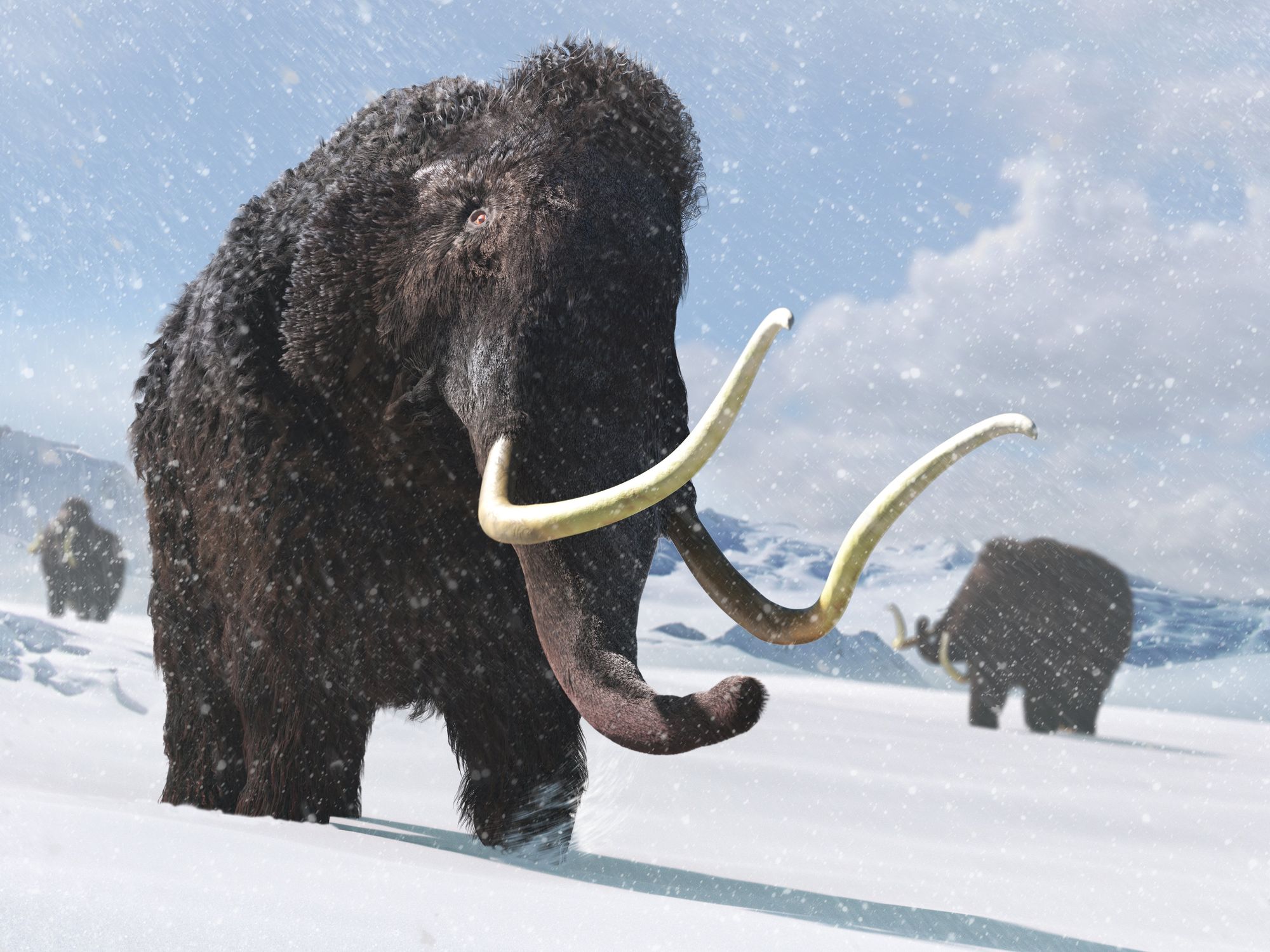Woolly mammoths could be brought back to life after scientists make breakthrough genetic discovery

The discovery is owed to a young mammoth named Yuka recovered from the ice
Don't Miss
Most Read
The woolly mammoth is tantalisingly close to being “de-extincted” after Scandinavian scientists achieved a groundbreaking scientific milestone.
Researchers successfully extracted and sequenced RNA from the preserved remains of one of the legendary ice age creatures that died 39,000 years ago in Siberia.
The discovery represents the oldest RNA ever recovered from any organism, potentially revolutionising efforts to resurrect extinct species.
Scientists from Stockholm University and Denmark's Globe Institute isolated the genetic material from mammoth tissue that had been kept pristine in the bitterly cold region’s permafrost conditions.
TRENDING
Stories
Videos
Your Say
"Our methods and results could indeed inform and help the efforts aimed at 'de-extincting' certain renowned animals," Dr Emilio Mármol from Copenhagen's Globe Institute said.
Among the creatures that may potentially be brought back to life are the woolly mammoth itself, the dodo, and the Tasmanian tiger.
This incredible development is owed to the discovery of a juvenile mammoth named Yuka, who provided exceptionally well-preserved genetic material that enabled unprecedented scientific analysis.
The quality of Yuka's RNA allowed researchers to examine active genes within the animal's muscle tissue, revealing biological mechanisms that remained frozen in time.

Yuka was discovered preserved in the Siberian permafrost, 39,000 years after his death
|REUTERS
Analysis confirmed that Yuka was male and possessed predominantly slow-twitch muscle fibres, indicating adaptation for sustained activity rather than rapid movements.
The young mammoth was also determined to have suffered significant stress before death, with researchers concluding he was likely attacked by predators, probably cave lions.
However, Yuka’s death was not in vain, as it allowed scientists today unprecedented insights into the remarkable similarities between mammoths and modern elephants in muscle function and organisation.
Researchers also identified more than 300 protein-coding RNA molecules and 60 microRNAs within the mammoth's muscle tissue.
LATEST DEVELOPMENTS:

The data revolutionises the understanding of RNA and how to revive extinct species of animals
|GETTY
Scientists additionally discovered previously unknown microRNAs unique to mammoths, which Dr Mármol noted are "completely new to science and probably only expressed in mammoths".
The remarkable preservation challenges previous scientific assumptions about RNA degradation, which was believed to occur within hours after an organism's death.
This ancient genetic material surpasses the previous record by more than 24,000 years, with the former oldest RNA sample coming from wolf skin, dated at 14,300 years old.
RNA serves as an active component that translates genetic instructions into functional proteins, whilst DNA functions primarily as a genetic database.
This distinction makes RNA crucial for understanding how extinct creatures actually lived and operated at a biological level.
The molecule performs essential cellular functions, from protein synthesis to gene regulation, providing insights into biological processes that DNA analysis alone cannot reveal.
Professor Love Dalén, co-author and evolutionary genomics professor at Stockholm University, acknowledged that whilst the specific RNA sequences discovered aren't immediately applicable to resurrection efforts, they lay essential groundwork for future research.
"Indirectly, the study has relevance in the sense that recovering RNA could in future studies give useful insights on which genes are important for the development of certain traits," Professor Dalén told The Telegraph.
Our Standards: The GB News Editorial Charter










